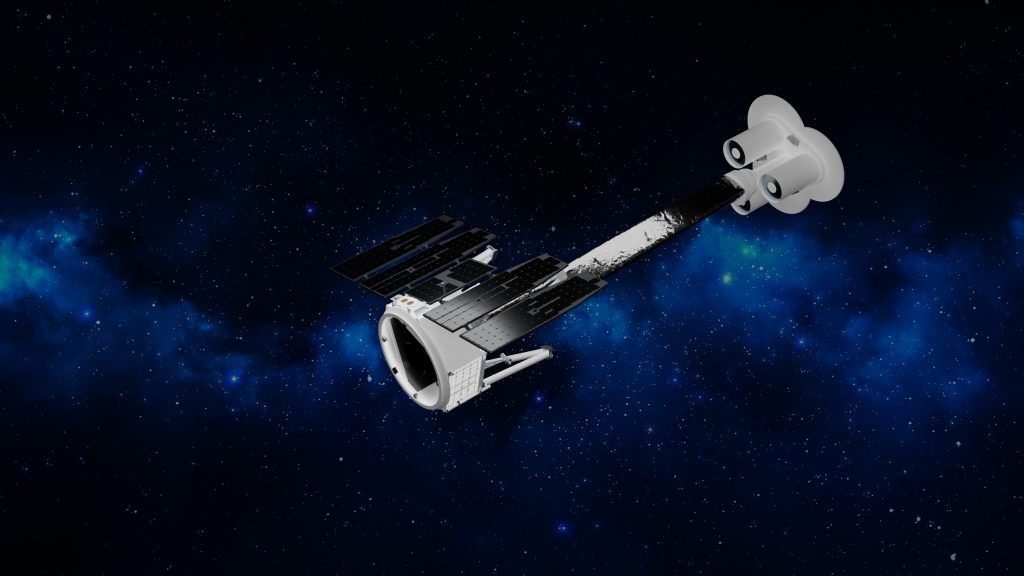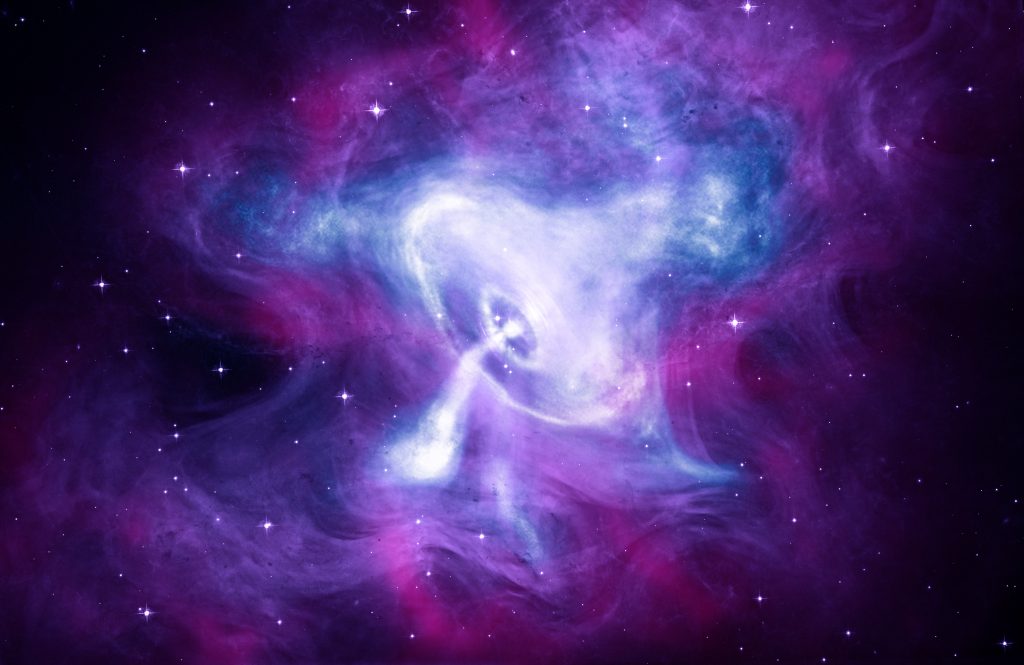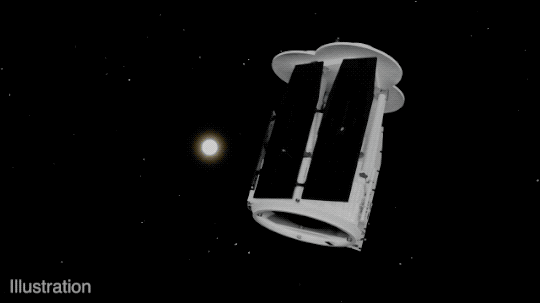Artificial intelligence (AI) has led Abel Lawrence Peirson to all kinds of interesting places. He’s used AI techniques to examine brain activity in flies and other neuroscience applications. With the help of AI, he’s even trained a neural network to create internet memes, displaying phrases on images in a way that looks like a human made them to be funny — at least some of the time.

Now, Peirson, a doctoral student at Stanford University, is using his AI skills to help solve some the universe’s mysteries through NASA’s Imaging X-Ray Polarimetry Explorer (IXPE) mission. It’s a spacecraft that looks at the polarization of X-rays from extreme objects like supernova remnants, neutron stars, and black holes. Polarization describes how the X-ray light is oriented as it travels through space, offering clues to the physics going on in these extreme objects.
To help scientists analyze and interpret IXPE data, Peirson applies a technique called “supervised machine learning.” That means he trains computer models to reconstruct previous events – in this case, the polarization that led to the patterns of X-ray light detection that IXPE sees. It’s kind of like if you see a dented car next to a pole and could reconstruct exactly how fast, and at what angle, the car hit the pole. “We take a really good simulator of the telescope, and then teach the model to reverse” to figure out what kind of polarization leads to IXPE’s detection’s, Peirson explains.
One of the objects he’s interested in is called a “blazar.” A blazar is a special case of an “active galactic nucleus,” composed of a central supermassive black hole that’s actively feeding off material from a surrounding disk, making it appear very bright in the sky. Jets of high-energy particles spew out, and when the jets are oriented towards us, that makes the object a blazar.
A big mystery about these blazars is whether protons, which are some of the subatomic particles that make up the stuff of the world as we know it, contribute significantly to the energy emission from these jets. Protons are examples of “hadrons,” a type of particle that is made of two or more smaller particles called quarks (you may have heard of the Large Hadron Collider, for example). Hadrons may be colliding with particles of light, called photons, and those clashes would produce particles and light in the jets. “So, if we could measure the polarization, this is a really good probe as to whether there are hadronic processes happening,” Peirson said.
Before he got to work on a space mission, Peirson thought that being a professional scientist would mean more doing math and building computer models. While those skills are important, software programming has turned out to be a huge part of his work. “In the end, if you want to be really impactful nowadays, I think that is sort of reality,” he said. “You need to build usable tools or things that people can build on, and that is, like 99% of the time, software.”
One of the biggest challenges of his work is coordinating with a big collaboration. With lots of team members in multiple countries working on IXPE, Peirson quickly realized that science on this mission is not a solitary endeavor. “You’re part of a team and you need to work within the confines of that team,” he said. “Overall, I’m very happy with how it’s turned out.”’
Peirson is multinational — he grew up in London, but his dad is American, and his mom is Spanish. As a child he loved watching Star Trek and reading Isaac Asimov’s novels, both of which sparked his imagination about space and what might be beyond Earth. After earning his undergraduate degree in physics at the University of Oxford, he pursued a Ph.D. at Stanford in Palo Alto, California, where he’s currently finishing up his dissertation.
His advice to future astrophysicists? Learn statistics and programming as soon as you can. “You’re getting data from the sky, in very weird forms that are very unique and difficult to understand, and then trying use models to understand them,” he said. “And that is essentially data science.”
Elizabeth Landau
NASA Headquarters



